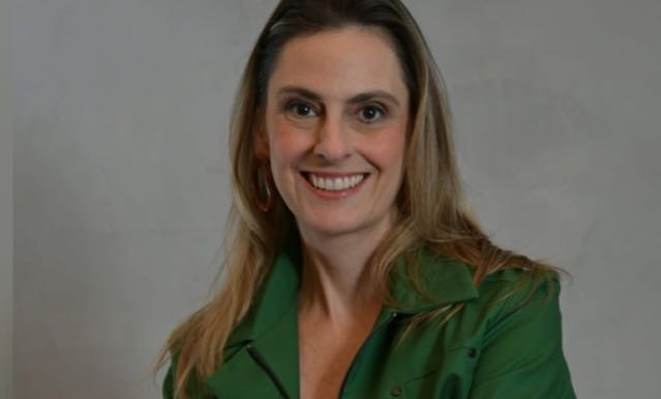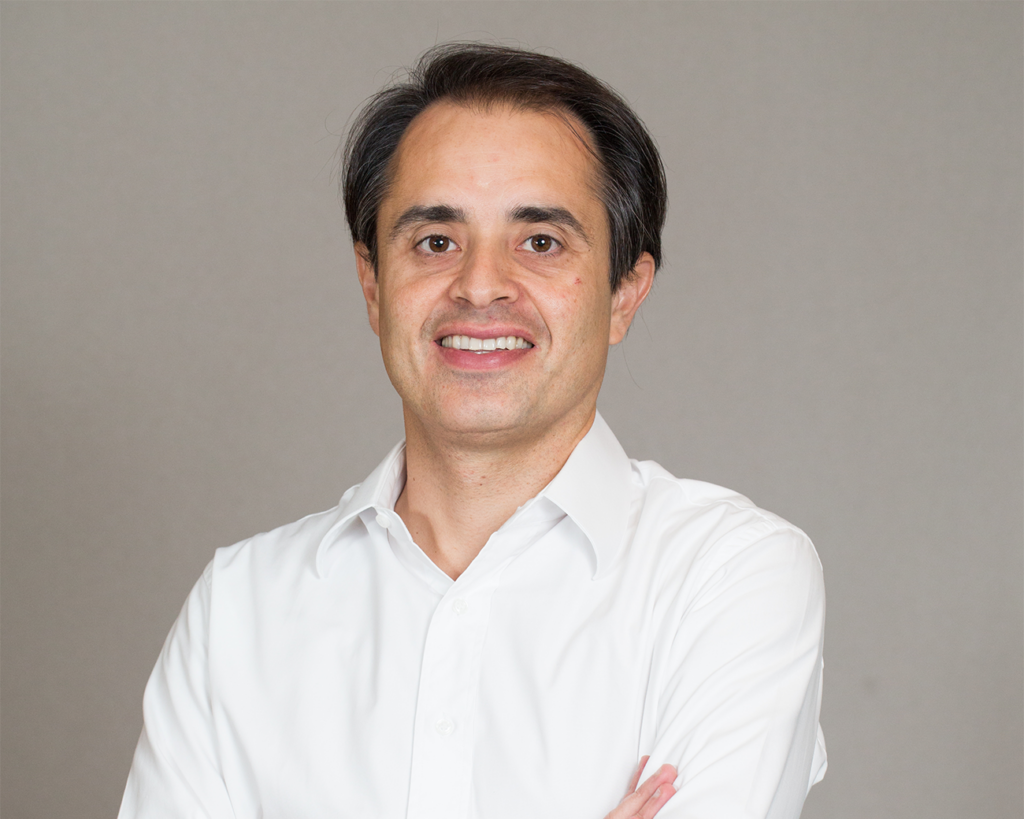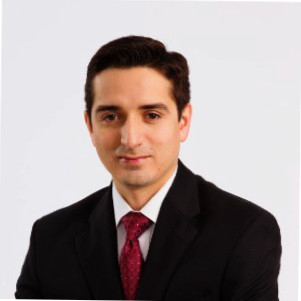Member Profiles
An Interview with Scott Swensen, Conduit Capital
20 September 2010

Scott Swensen, Chairman of Conduit Capital Partners spoke with Latin America PE/VC Report about opportunities in the energy sector in Latin America and the possibility of raising a CKD.
 LAVCA: Please give us some background on Conduit.
LAVCA: Please give us some background on Conduit.
Swensen: Conduit Capital Partners was formed in 2003 to continue managing the Latin Power private equity funds which were founded at Scudder, Stevens & Clark in 1993. Deutsche Bank purchased Scudder in 2002 and shortly thereafter decided not to sponsor any additional private equity funds, prompting us to spin out independently. George Osorio and I are the Managing Partners with four additional partners from the Scudder team.
Latin Power I was the first institutional-sized private equity fund focused exclusively on Latin America, which makes us the oldest institutional Latin American private equity group. The three Latin Power Funds invest in independent electrical generating plants and oil and gas pipelines. We are primarily looking to invest in assets that generate US dollar cash flows based upon long-term revenue contracts. Latin Power I, I and III total $650 million of capital, although Latin Power I has been liquidated and Latin Power II has only one remaining asset, which we expect to sell this year.
LAVCA: How did you become involved with your firm?
Swensen: In 1993, Scudder, the International Finance Corporation (part of the World Bank group) and the independent power subsidiaries of two US utilities had closed $75 million of commitments into escrow for Latin Power I and were looking for someone to manage the business. The Andean Development Corporation (CAF) committed another $25 million several months later for a total $100 million fund. They were looking for someone with an engineering degree, MBA, project finance experience, experience starting and running new businesses and Latin American experience. I was running several groups including project finance, energy, oil & gas (all of which I had started), commodity derivatives, and futures brokerage for a large international bank and had become a manager rather than a transaction person. I was strongly attracted to the business fundamentals of the Latin Power thesis and the prospect of joining Scudder as a partner in the business. So, I decided to make a career change.
LAVCA: Your current fund, Latin Power III, is listed as having made 12 investments. Can you tell us about some of your most recent investments?
Swensen: Our most recent investment was in IMPRO which is building two hydroelectric plants in Mexico with the output to be sold under long-term contracts. Latin Power II invested in three small hydroelectric plants in Mexico with the same local group and we are working with them to further enhance our presence in the Mexican market. Last year, Latin Power III repurchased Jamaican Energy Partners (“JEP”), a 124 MW diesel-fired facility, which the three Funds had sold a year earlier. Latin Power I was the largest investor in JEP when the first plant was built in 1996. Latin Power III is now working to close the financing to build the third power plant for JEP.
LAVCA: What do you feel are the advantages for LPs that invest in a sector-focused fund in Latin America?
Swensen: We feel that the ability to choose which of the Latin American and Caribbean countries to invest in at any given time has been an important contributor to our success. Some countries will have power shortages with high electricity prices at the same time that others have heavy rains and low prices. In addition, there have been very important developments in the political risk profiles of various countries since the election of Hugo Chavez in Venezuela in 1999. In the past 17 years, we have invested in 14 different countries, but there are also five countries where we will not invest today.
LAVCA: Conduit has done deals across Latin America. Where are you focusing efforts now?
Swensen: Our three most important markets are Mexico, Peru and Brazil and we expect those countries to represent well over 50% of all investments over the next few years. These are large markets with good regulatory and political risk environments and large needs for investment in the energy sector. However, there are a number of other smaller countries that we find very attractive as well. Today, Jamaica, Panama and Costa Rica are three countries where Latin Power III has invested and where we are looking for additional opportunities. We recently met with our local partners from Latin Power I’s very successful investment in Honduras in 1994, and it appears that there are some good opportunities for us there as well.
LAVCA: Tell us a bit more about your strategy for Mexico. Have you begun to raise money through the certificados de capital de desarrollo (CKD) program?
Swensen: Mexico has been an extremely important market for us. We have made a number of investments in the Mexican energy sector. In mid 2009, the Mexican Government established procedures to facilitate the investment by local pension funds in private equity funds through the CKD program. We have agreed with the owners of Asergen, our local Mexican partner, to explore raising $150 million under the CKD program and manage our future Mexican investing process. Carlos Jinich, the Chairman of Asergen, would be Chairman of our Mexican subsidiary and Conduit Partner Marc Frishman would be CEO. I would Chair the investment committee. We have hired a local investment bank, legal and tax counsels and anticipate starting the process soon. We believe that the creation of this local presence will enhance our already strong Mexican deal flow and we anticipate repeating this structure in the future in other countries as well.
LAVCA: What kind of regulatory challenges have you faced? Do you foresee any significant regulatory changes that may increase potential for private equity investing in the region?
Swensen: Most electrical generating systems in Latin American countries are unregulated, so we have had very few regulatory problems. The two natural gas pipelines we have invested in were both governed by rate-of-return regulation. We have not always agreed with the decisions of the regulators, but have found them to be rational organizations and have been able to contest decisions we considered to have been made in error. On the financial regulatory front, more and more countries are allowing their pension funds to invest in private equity funds and we intend to take advantage of these developments. We believe that international and local investors both benefit in a number of ways from investing together in local markets. A few countries are even allowing local pension funds to invest in private equity funds outside their own countries and we believe that this will facilitate the development of broader capital markets across Latin America.
LAVCA: Many investors raise concerns about transparency and political risk/corruption in markets throughout the region. What has been your experience?
Swensen: Corruption is definitely an issue in Latin America, but it is also a problem in the US. We have an active Foreign Corrupt Practices Act (FCPA) program that includes training programs and annual recertification of compliance by not only Conduit personnel, but also all relevant portfolio company managers. We have found that once the local market learns that we will not make any illegal payments, the requests stop. One of the reasons why we have decided not to invest in five countries in the region is that it is very difficult to operate in some of those countries if you are not willing to pay bribes. Judging political risk is a clearer situation. Seventeen years ago it was much more difficult to project where certain countries were going in their treatment of foreign investors. Foreign direct investment had just restarted after the sovereign debt renegotiation of the 1980’s and privatization and deregulation had just started. Today, we know which counties we are most interested in investing in and which counties we will avoid.
LAVCA: What is your long term strategy for investing in Latin America? Have you changed your investment criteria/processes since the financial downturn?
Swensen: Our long-term strategy has changed remarkably little in 17 years. We continue to focus on investing in efficient, environmentally compliant projects with long-term US dollar revenue contracts. Latin Power I was a minority investment fund and with Latin Power II, we changed to control investments. That focus continues today. Our desire is to build our portfolios with 50% acquisitions (immediate, high probability cash flows) and 50% projects to be constructed (higher rates of return), but sometimes markets conditions force us to deviate from those objectives. As mentioned previously, we needed to do that in 2005-7. We focus on countries with sound regulatory environments, stable, supportive political situations and a shortage of generation capacity. It has never been possible to use financial leverage in Latin America to generate high returns; we have always had to concentrate on really adding value to our portfolio companies. Therefore, the credit crisis’s only impact has been to restrict our access to commercial bank financing, but the multi-laterals (such as IFC, IADB, and CAF), the bi-laterals (such as FMO and DEG) and local development banks (such as BNDES and Banobras) have continued to be strong supporters of energy infrastructure investments.
You may be interested in...
-

Luciana Antonini Ribeiro, eB Capital
Executive: Luciana Antonini Ribeiro, Co-Founder and CIO Member Name: eB Capital Year...
-

Cristiano Gioia Lauretti, Kinea Private Equity
Member: Kinea Executive: Cristiano Gioia Lauretti, Head of Private Equity HQ: São...
-

Maria Pia Iannariello, MGM Innova Capital
LAVCA recently spoke with Maria Pia Iannariello, Co-Founder & COO of MGM Innova Capital,...
-

Rafael Ramirez, Portfolio Manager, Alaska Permanent Fund Corporation
LAVCA recently spoke with Rafael Ramirez, Portfolio Manager– Private Equity &...